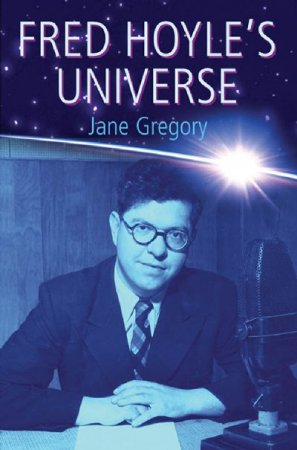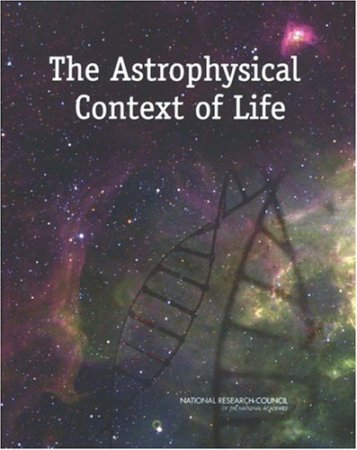НавигацияАрхив новостейСтатистика |
The First Three Minutes: A Modern View of the Origin of the UniverseThe novel was written by renowned physicist Steven Weinberg, a physicist at the University of Texas at Austin, whose research and breakthroughs in relation to electromagnetism led to him being awarded the 1979 Nobel Peace Prize in Physics. Weinberg is widely respected within the scientific and "lay" community alike, as his book allowed the common person to understand the creation of the universe and as such, his book is now translated in over 25 different languages. A Walk through the Southern Sky: A Guide to Stars and Constellations and their LegendsWhat star is that? Where is the Southern Cross? Who was Orion? Answering these questions and many more, this book will become an essential traveling companion for amateur astronomers heading abroad. Its unique simplified maps make it easy to find the constellations in the southern hemisphere skies, and the stars within them. Astrophysics: Decoding the CosmosKnowledge of our Universe has grown explosively over the past few decades, with discoveries of cometary objects in the far reaches of our Solar System, new-found planets around other stars, detections of powerful gamma ray bursts, galaxies in the process of formation in the infant Universe, and evidence of a mysterious force that appears to be accelerating the expansion of the Universe. From exotic black holes to the microwave background, the modern understanding of our larger cosmological home could barely be imagined just a generation ago. Headlines exclaim astonishing properties for astronomical objects – stars with densities equivalent to the mass of the sun compressed to the size of a city, million degree gas temperatures, energy sources of incredible power, and luminosities as great as an entire galaxy from a single dying star. Maps of Time: An Introduction to Big HistoryAn introduction to a new way of looking at history, from a perspective that stretches from the beginning of time to the present day, Maps of Time is world history on an unprecedented scale. Beginning with the Big Bang, the Australian historian David Christian views the interaction of the natural world with the more recent arrivals in flora and fauna, including human beings. Space Radiation Hazards and the Vision for Space Exploration: Report of a WorkshopFulfilling the President s Vision for Space Exploration (VSE) will require overcoming many challenges. Among these are the hazards of space radiation to crews traveling to the Moon and Mars. To explore these challenges in some depth and to examine ways to marshal research efforts to address them, NASA, NSF, and the NRC sponsored a workshop bringing together members of the space and planetary science, radiation physics, operations, and exploration engineering communities. The goals of the workshop were to increase understanding of the solar and space physics in the environment of Earth, the Moon, and Mars; to identify compelling relevant research goals; and discuss directions this research should take over the coming decade. This workshop report presents a discussion of radiation risks for the VSE, an assessment of specifying and predicting the space radiation environment, an analysis of operational strategies for space weather support, and a summary and conclusions of the workshop. The Astrophysical Context of LifeIn 1997, the National Aeronautics and Space Administration (NASA) formed the National Astrobiology Institute to coordinate and fund research into the origins, distribution, and fate of life in the universe. A 2002 NRC study of that program, "Life in the Universe: An Assessment of U.S. and International Programs in Astrobiology", raised a number of concerns about the Astrobiology program. In particular, it concluded that areas of astrophysics related to the astronomical environment in which life arose on earth were not well represented in the program. In response to that finding, the Space Studies Board requested the original study committee, the Committee on the Origins and Evolution of Life, to examine ways to augment and integrate astronomy and astrophysics into the Astrobiology program. This report presents the results of that study. It provides a review of the earlier report and related efforts, a detailed examination of the elements of the astrobiology program that would benefit from greater integration and augmentation of astronomy and astrophysics, and an assessment of ways to facilitate the integration of astronomy with other astrobiology disciplines. The Sun To The Earth And Beyond - Panel Reports1 - Report of the Panel on the Sun and Heliospheric Physics 2 - Report of the Panel on Solar Wind and Magnetosphere Interactions 3 - Report of the Panel on Atmospheric-Ionosphere-Magnetosphere Interactions 4 - Report of the Panel on Theory, Modeling, and Data Exploration 5 - Report of the Panel on Education and Society |
ПопулярноеОпросОцените дизайн сайта
Немного рекламы |









